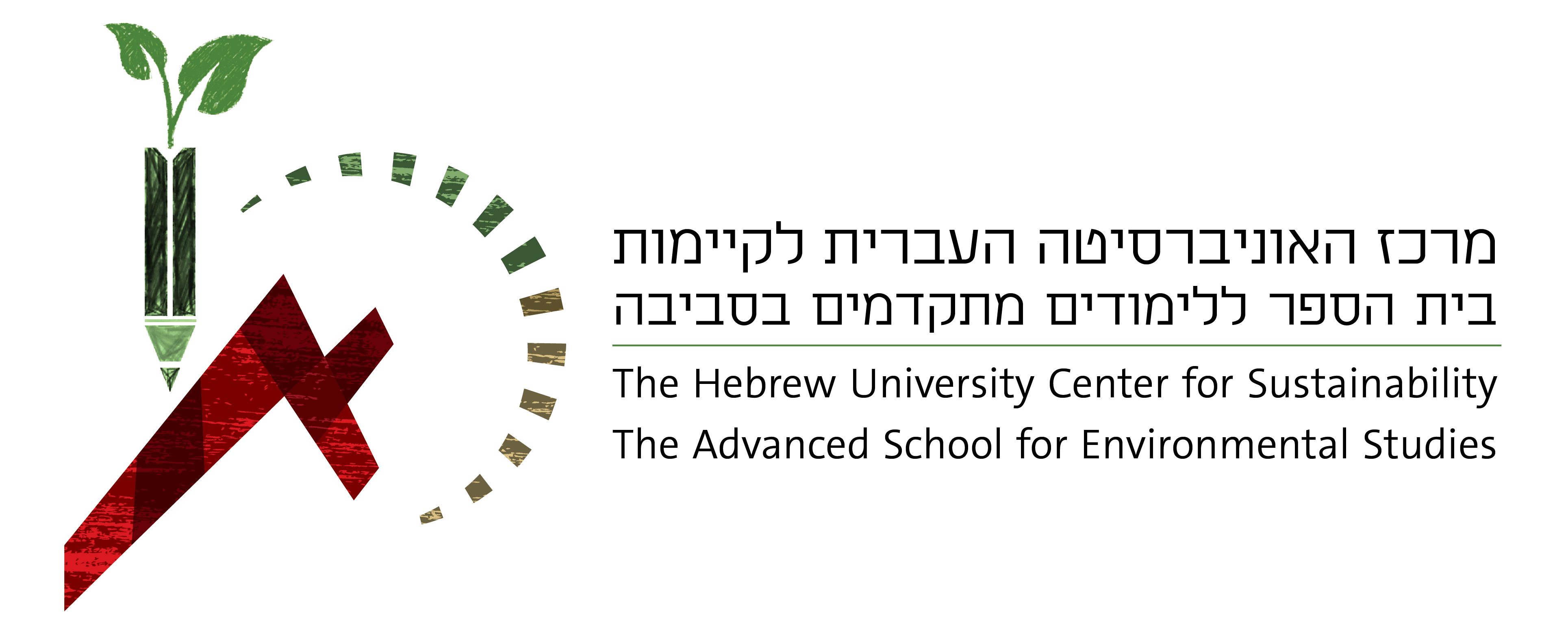Use of R programming for the statistical analysis of ecological, environmental and behavioural data; data management, descriptive statistics, graphical representation, distributions, hypothesis testing - comparing means, relationships between two variables (correlation, regression, contingency table, Chi-square), non-parametric statistics, generalized linear models, survival analysis, logistic and log-linear regressions, more.
Course plan:
1. Learning how to use R programmes: How to download and how to install it; discovering the user interface; basic syntax; importing data; help and documentation; graphics; functions, packages, etc.
2. Introduction to statistics: Aim, goal, terminology.
3. Using R for descriptive statistics: Graphical representation, distributions, parameters to describe a sample (average, variance, etc.).
4. Using R to test one or two averages: Assumptions and limits, comparing an average to a theoretical value, comparing two average values coming from two independent or non-independent samples.
5. Using R to compare more than two averages: Introduction to one-way analysis of variance (ANOVA), homoscedasticity, looking for significant differences.
6. Using R to test for relationship between two variables: Two quantitative variables: Correlation, regression line; Two qualitative variables: Contingency table and Chi-2; Comparing percentages.
7. Using R for non-parametric tests: Some tests to compare averages: Wilcoxon-Mann-Whitney, Kruskal-Wallis; Paired samples: Wilcoxon signed-rank test, Spearman rank correlation.
8. Using R for general linear models: Generalized linear models and survival analysis; logistic and log-linear regressions; Kaplan-Meier and log-rank tests.

